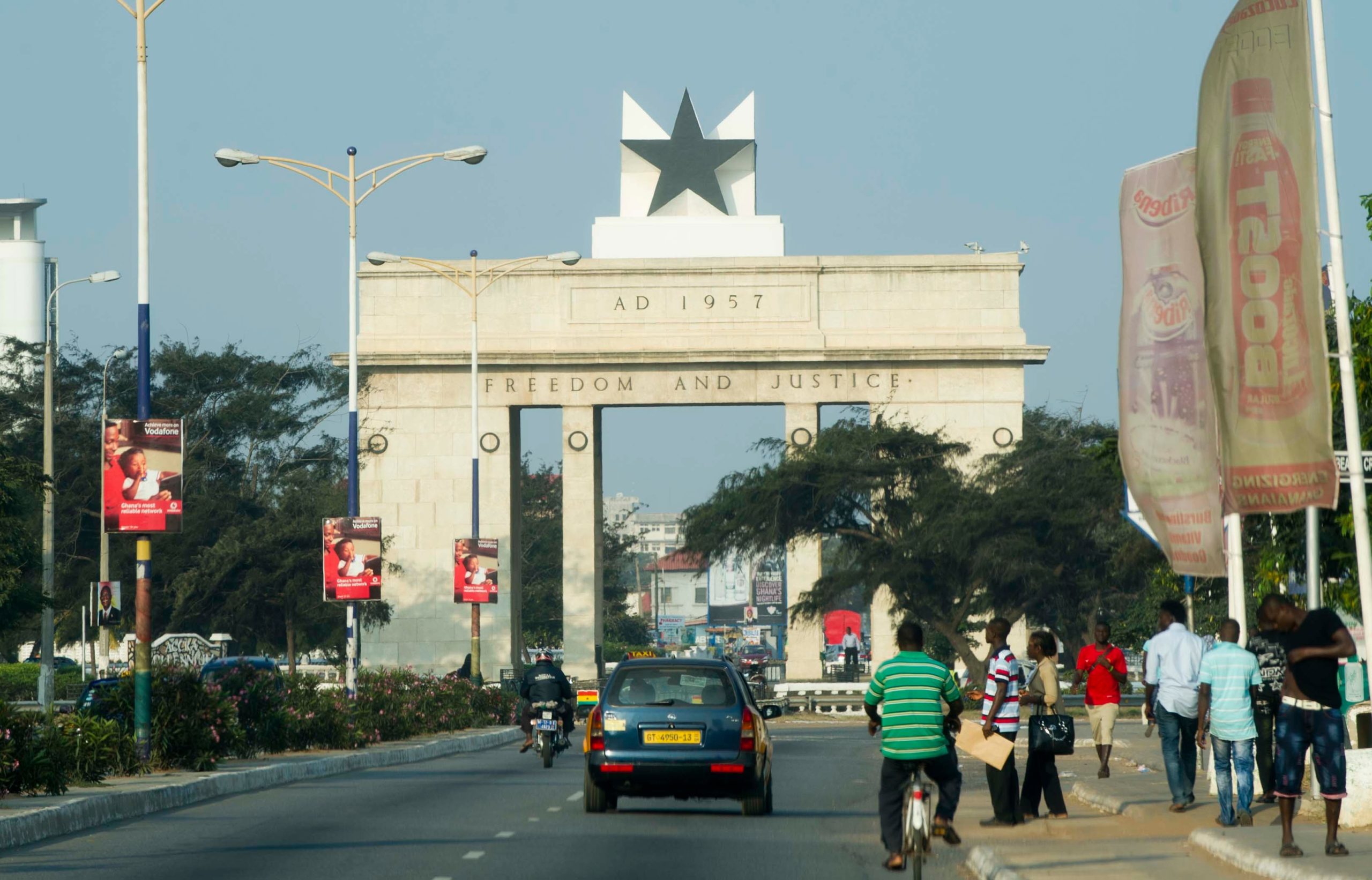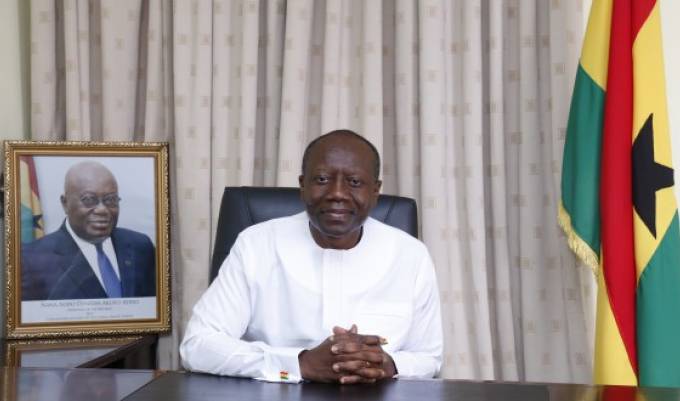Ghana’s growth dropped in 2018 as the country’s oil and gas volumes reduced in the last quarter of 2018.
2.9 million barrels of oil were shipped within that period, a little below the 3 million barrels of oil shipped in the previous quarter.
Real GDP for the fourth quarter of 2018 was 6.8 per cent, representing a dip in the previous quarter’s 7.4 per cent of the same year.
Government Statistician, Prof Samuel Kobina Annim, told journalists at a press conference on Wednesday, 17 April 2019 that the 6.8 per cent was an increase from the 5.5 per cent year-on-year GDP recorded in 2017.
“The industry sector recorded the highest growth of 8.9 per cent; Services was 5.8 per cent and Agriculture was 4.4 per cent,” he added.
Having achieved inflation below the government’s upper-limit target of 10 per cent in the past months, the Bank of Ghana found it prudent to roll out an expansionary monetary policy by cutting interest rates to 16 per cent in January. This is expected to further boost economic growth in 2019 to hit the government’s targeted GDP of 7.6 per cent.
This will exceed the target forecast for sub-Saharan Africa by the International Monetary Fund (IMF) in the World Economic Outlook Update in January 2019, which pegged growth at 3.5 per cent in 2019, and 3.6 per cent in 2020.








